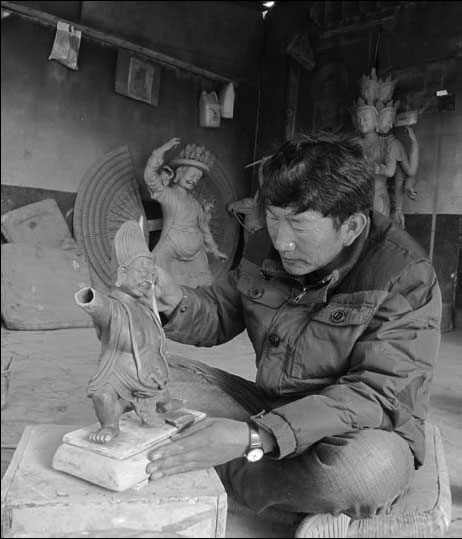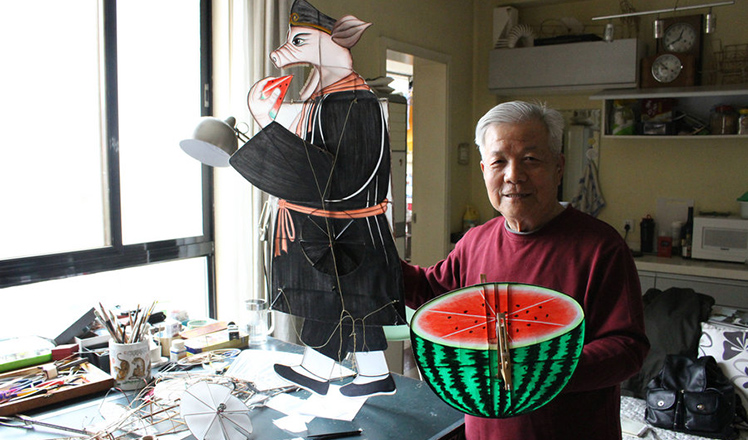Sacred miniatures collected in exhibit hall
Updated: 2016-04-22 10:53
By Palden Nyima and Daqiong in Lhasa, Tibet(China Daily USA)
|
||||||||
|
Clay figures of hallowed deities or sacred symbols, displayed in Tibet's fi rst exhibition hall for tsa tsas, are collected by the museum’s founder Nyima Gyalpo from across the autonomous region. Palden Nyima / China Daily |
A yellow-walled courtyard, conspicuous among the Tibetan-style architecture near Lhasa's Sera sky burial site, is home to the Tibet autonomous region's first exhibition hall for tsa tsas, the miniatures Buddhists have made as part of their meditation practice for more than a thousand years.
Clay figures of hallowed deities or sacred symbols - typically deposited as offerings within shrines, holy caves and monastery altars in the Himalayas and other sacred places - are made with a metal reverse-image engraving. The stamped images are dried in the sun and, in some cases, are fired in a kiln, similar to pottery.
Developed in India around the time of emperor Ashoka the Great (304-232 BC), the sculpture art spread to China around the Sui (AD 581-618) and Tang (AD 618-907) dynasties, said He Jing, an archaeologist in Tibet.
"It was called the 'Good Deeds Mud' when it came to China," He said.
In an effort to preserve the endangered ancient art, area residents have been gathering both the clay figures and the molds used to make them. The exhibition's founder, sculptor Nyima Gyalpo, collected more than 20,000 tsa tsas over the past two decades.
Seventy percent of the collection is now displayed in the exhibition hall, which opened last year. The items were found in more than 35 Tibetan monasteries in the region's central areas and the western Xigaze prefecture, and provided by private donors.
"It is important to preserve such culture in Tibet," Nyima said.
Born near the famous Shalu Monastery in the Xigaze city, Tibet, Nyima works with a staff of 11 and eight apprentices. Together they produce four main kinds of tsa tsas in their workshop: ceramic, red clay, black clay and medicinal.
"There are many ways to make an image of the Buddha or other religious items. Tsa tsa is convenient and low cost, but with big virtue," Nyima, 46, said.
In some places, Tibetans have a tradition of producing a tsa tsa with the powdered skull of a deceased person and placing it atop a high mountain, or sprinkling the tsa-tsa powder in the river, during a funeral, Nyima said.
"As Tibetan traditional culture gains popularity at home and abroad, many cultural items, such as tsa-tsa molds, are taken away," Nyima said. "As those who produce different tsa-tsa molds passed away long ago or going to say goodbye to us soon, the preservation of tsa tsas is urgent."
Support for Nyima's tsa tsa collection increased in Lhasa as news of his efforts spread, including from local residents and government officials. Through the support of the tourism bureau and the religious department of Lhasa's Chengguan district, 400,000 yuan ($61,800) was raised to build the exhibition hall in 2014. It opened to visitors last fall.
"College students and academic researchers have found this exhibition hall especially interesting, and we have been receiving such visitors over the last few months," he said.
Nyima attributes his success as a sculptor to his keen childhood interest in playing with mud.
"As a small boy, when a pond dried, I used to make different mud toys, such as animals and cars," he said.
In 1992, during the renovation of Lhasa's Jokhang Temple, Nyima saw others making tsa tsas. He found the work interesting and started to study it. Two decades later, he is a skilled sculptor, and many Tibetan residents commission tsa tsas and clay Buddha images from his workshop.
In one career-defining job, Nyima was invited to build a giant clay Buddha image in Tibet's Nyimathang Monastery. The 8-meter-tall figure took six months to complete, and the team felt they received some divine guidance during the project.
"During the process of creating the image, we were shocked when we found some unsatisfactory work on the image, such as the pattern of the eyes or the lines of hands, became nicer naturally," he said. "Moreover, a rainbow dome appeared and lasted for one hour in the sky, and we heard some people saying they had seen two suns in the sky upon the final consecration ceremony."
Nyima's future plans include one particular item on his wish list. "I dream of establishing a school to promote and pass on the ancient culture," he said.
- Canadian PM Trudeau slips from political ring to boxing ring
- Japanese lawmakers visit war-linked Yasukuni Shrine en masse
- Palestinian residents of Gaza Strip face growing water shortage
- Delayed Yemen peace talks begin in Kuwait
- Cuba, US agree to deepen cultural cooperation
- Ecuador continues recovery efforts following powerful quake

 In pics: Top 10 richest cities in China
In pics: Top 10 richest cities in China
 Readers at a 24-hour bookstore in Beijing
Readers at a 24-hour bookstore in Beijing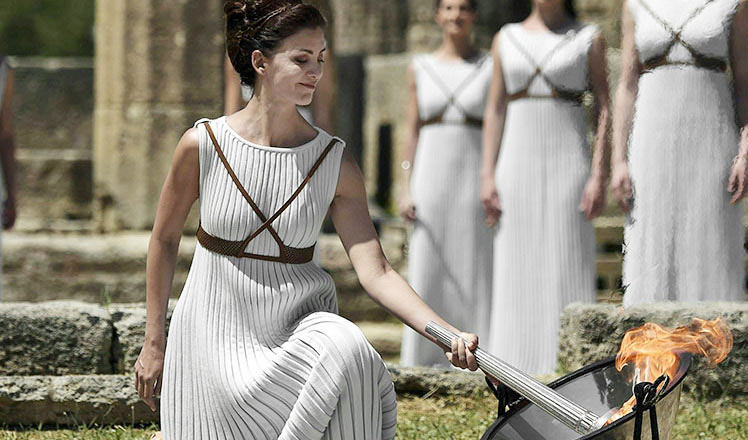
 Flame for Rio Olympics lit in ancient Greek ruins
Flame for Rio Olympics lit in ancient Greek ruins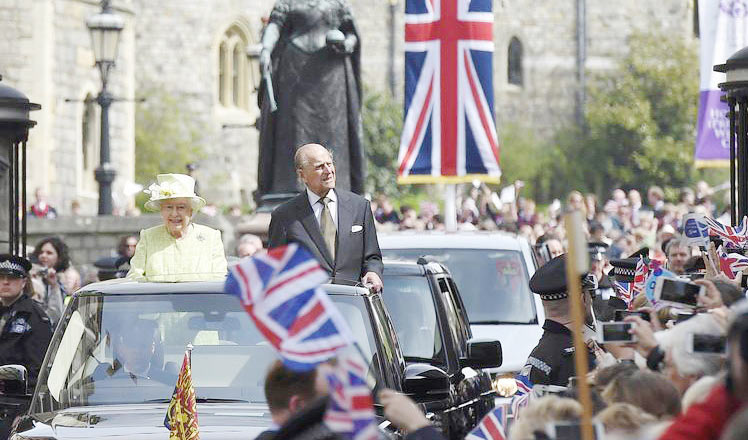
 Britain's Queen Elizabeth II celebrates 90th birthday
Britain's Queen Elizabeth II celebrates 90th birthday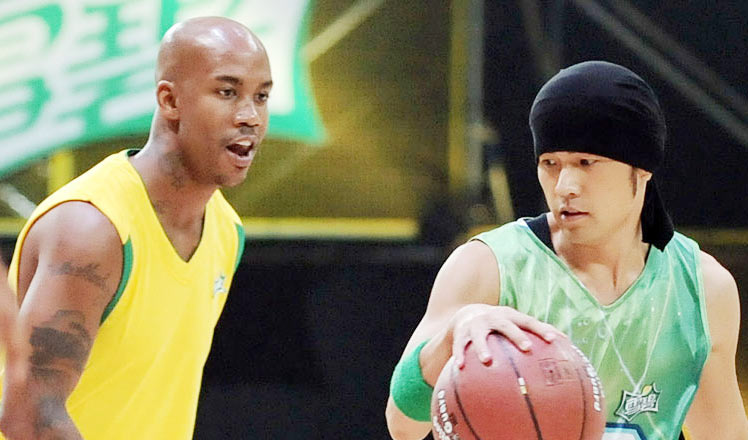
 Former NBA star Stephon Marbury's life in Beijing
Former NBA star Stephon Marbury's life in Beijing A 75-year-old kite runner in west China's Shannxi
A 75-year-old kite runner in west China's Shannxi
 $2 million hyper car crash in east China's Zhejiang province
$2 million hyper car crash in east China's Zhejiang province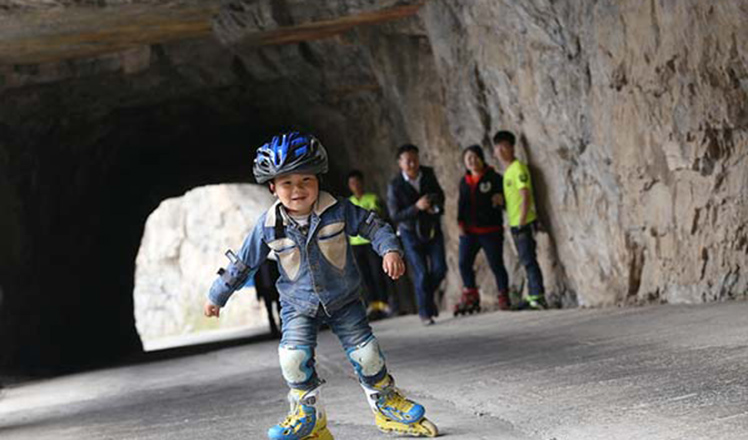
 Little champ: Four-year-old roller skates on cliff
Little champ: Four-year-old roller skates on cliff
Most Viewed
Editor's Picks

|

|

|

|

|

|
Today's Top News
Liang avoids jail in shooting death
China's finance minister addresses ratings downgrade
Duke alumni visit Chinese Embassy
Marriott unlikely to top Anbang offer for Starwood: Observers
Chinese biopharma debuts on Nasdaq
What ends Jeb Bush's White House hopes
Investigation for Nicolas's campaign
Will US-ASEAN meeting be good for region?
US Weekly

|

|
